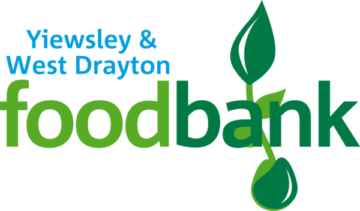About
How foodbanks work
Providing emergency food to people in crisis.
Every day people in the UK go hungry for reasons ranging from redundancy to receiving an unexpected bill on a low income. A simple box of food makes a big difference, with foodbanks helping prevent crime, housing loss, family breakdown and mental health problems.
Food and toiletries are donated
Schools, churches, businesses and individuals donate non-perishable, in-date food or toiletries to a foodbank. Larger collections come from supermarket collection points and also take place as part of Harvest Festival celebrations.
Food is sorted and stored
Volunteers sort the food and toiletries to check that it’s in date and then pack it for storage, ready to be given to people in need. Over 40,000 people give up their time to volunteer at foodbanks.
Professionals identify people in need
Foodbanks partner with a wide range of care professionals such as doctors, health visitors, social workers and police to identify people in crisis and issue them with a foodbank voucher.
Clients receive food and toiletries
Foodbank clients bring their voucher to a foodbank centre where it can be redeemed for three days’ emergency food and toiletries. Volunteers meet clients over a warm drink or free hot meal and are able to signpost people to agencies able to solve the longer-term problem.
During the coronavirus crisis, foodbanks have adapted to ensure all clients and volunteers are safe. To ensure social distancing, some foodbanks have changed how they operated by reducing the number of people in the foodbank at any one time and reducing the time a client needs to be there. Other foodbanks have moved to a ‘Delivery only’ service.
